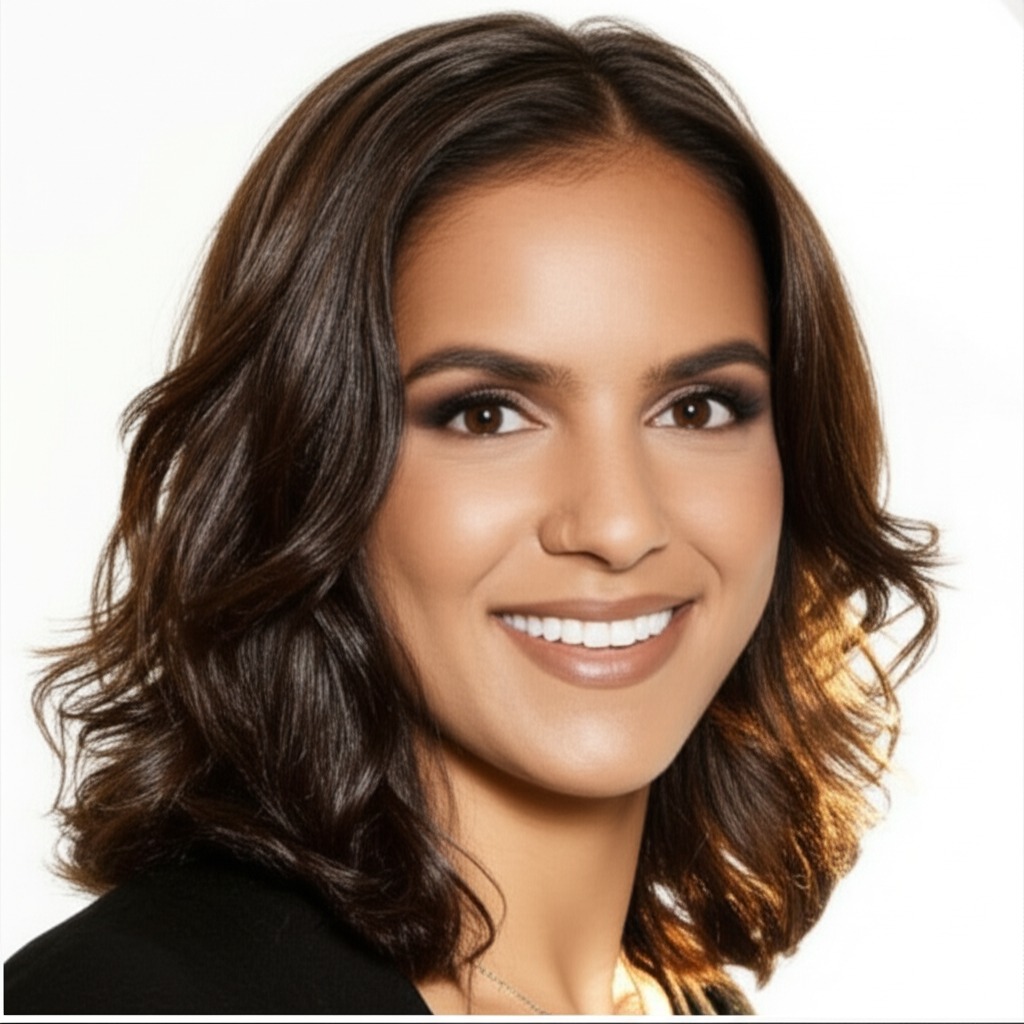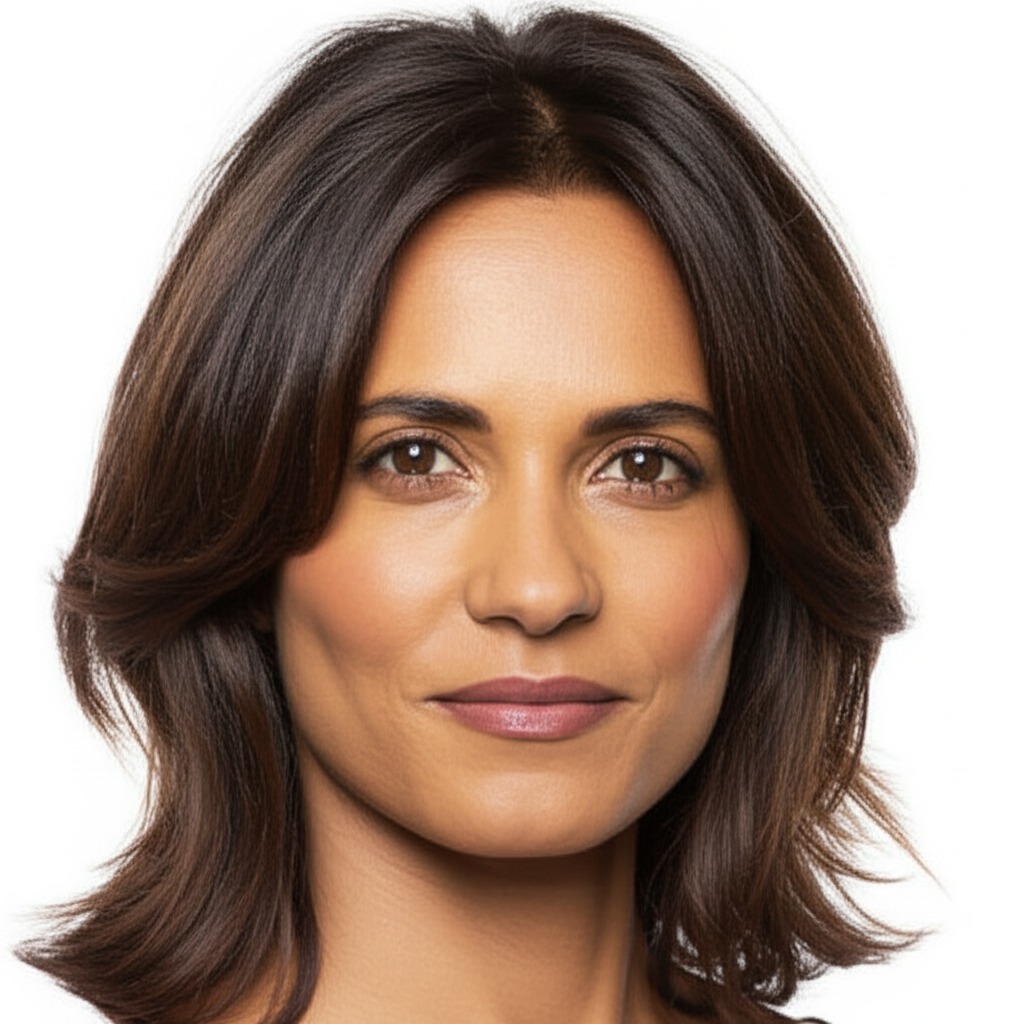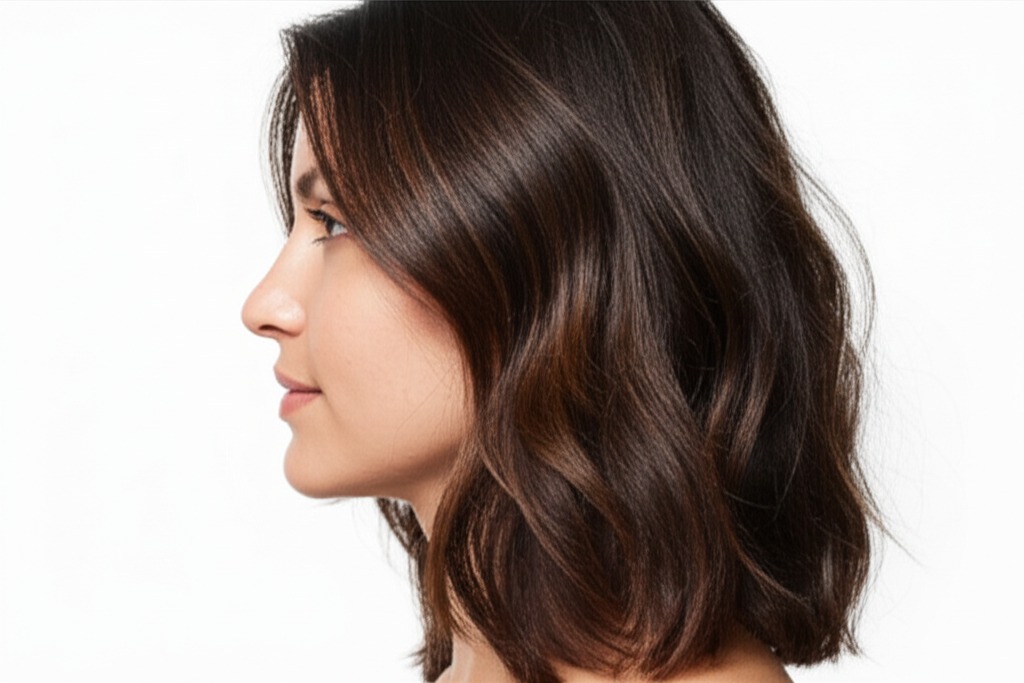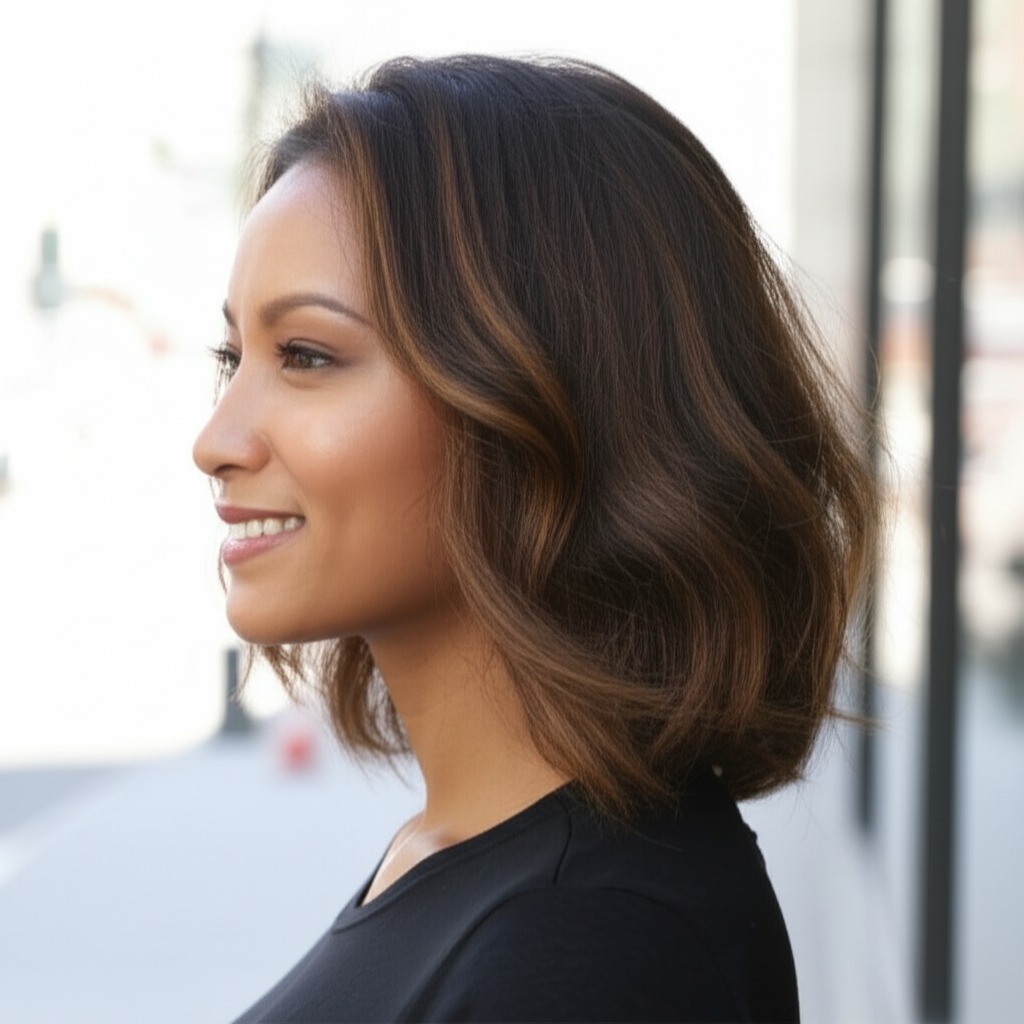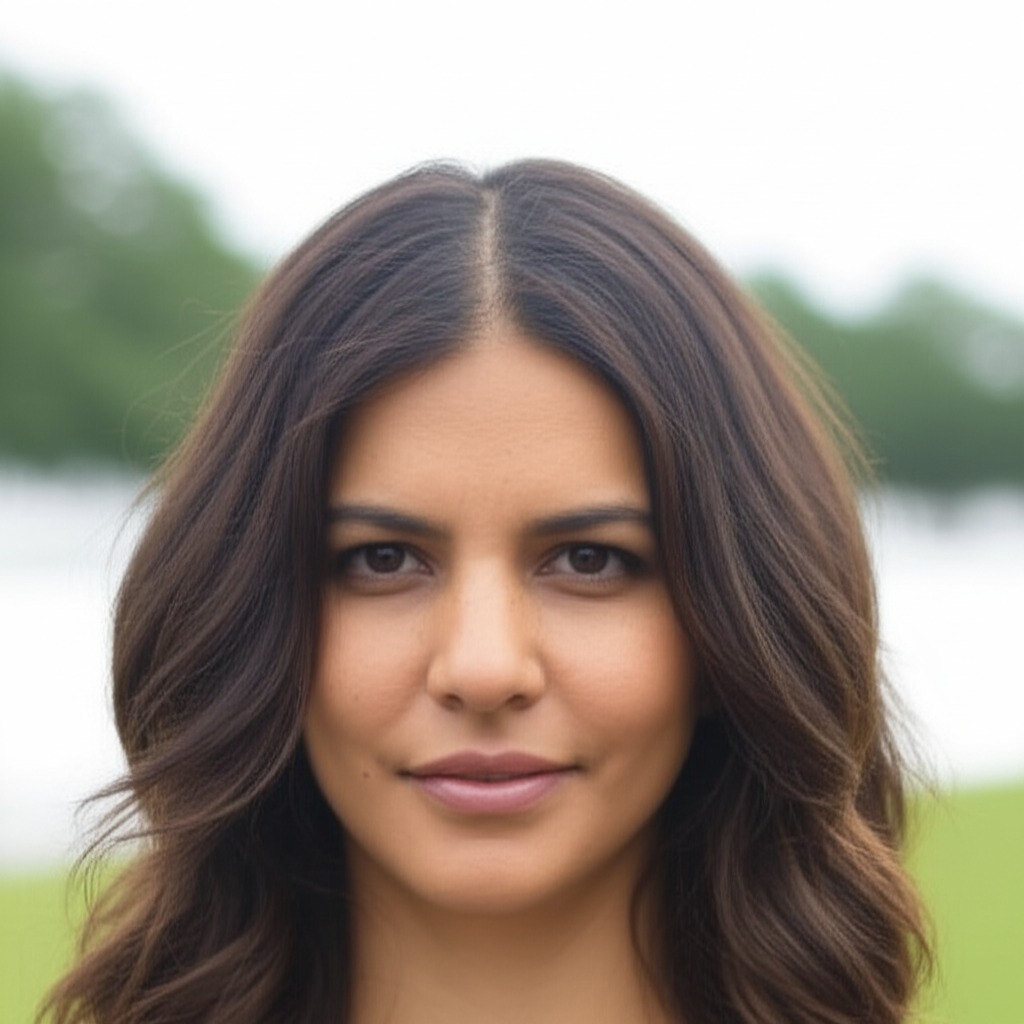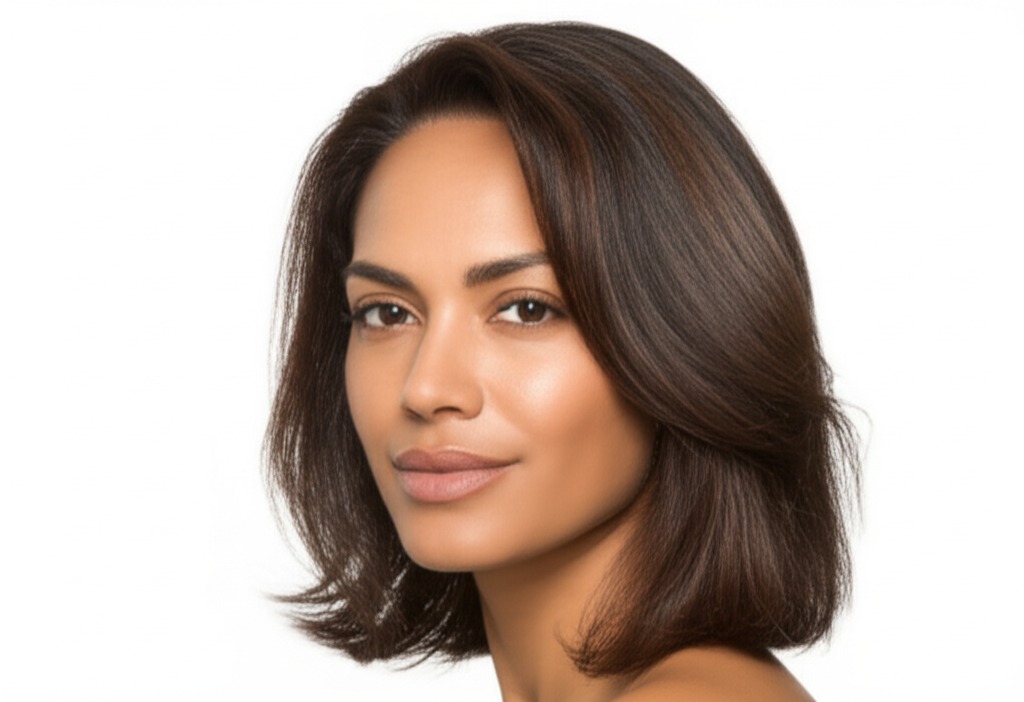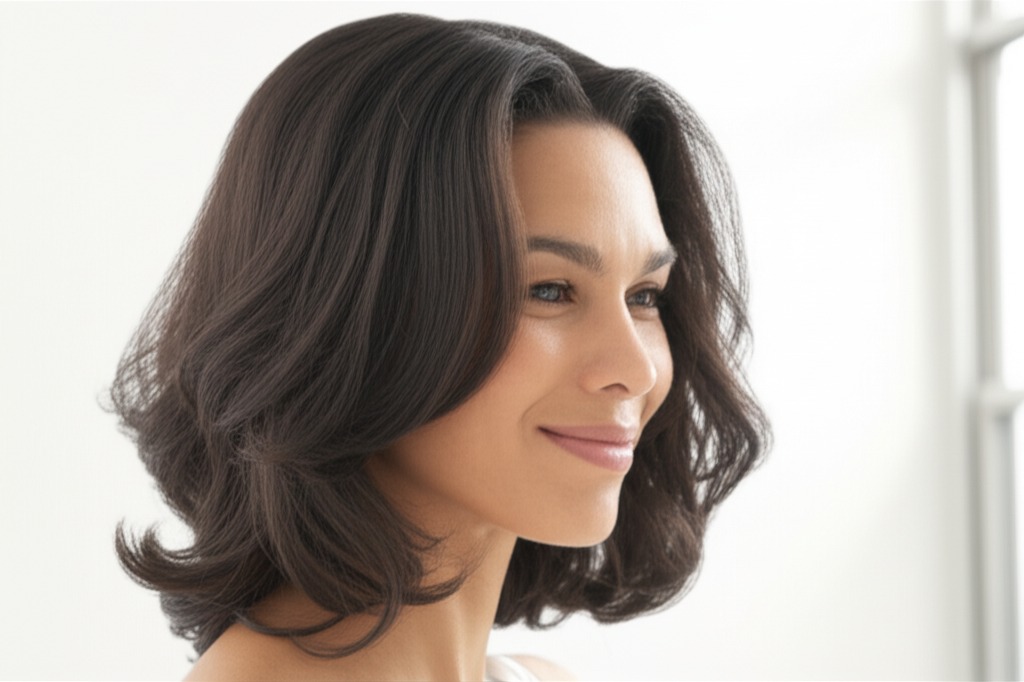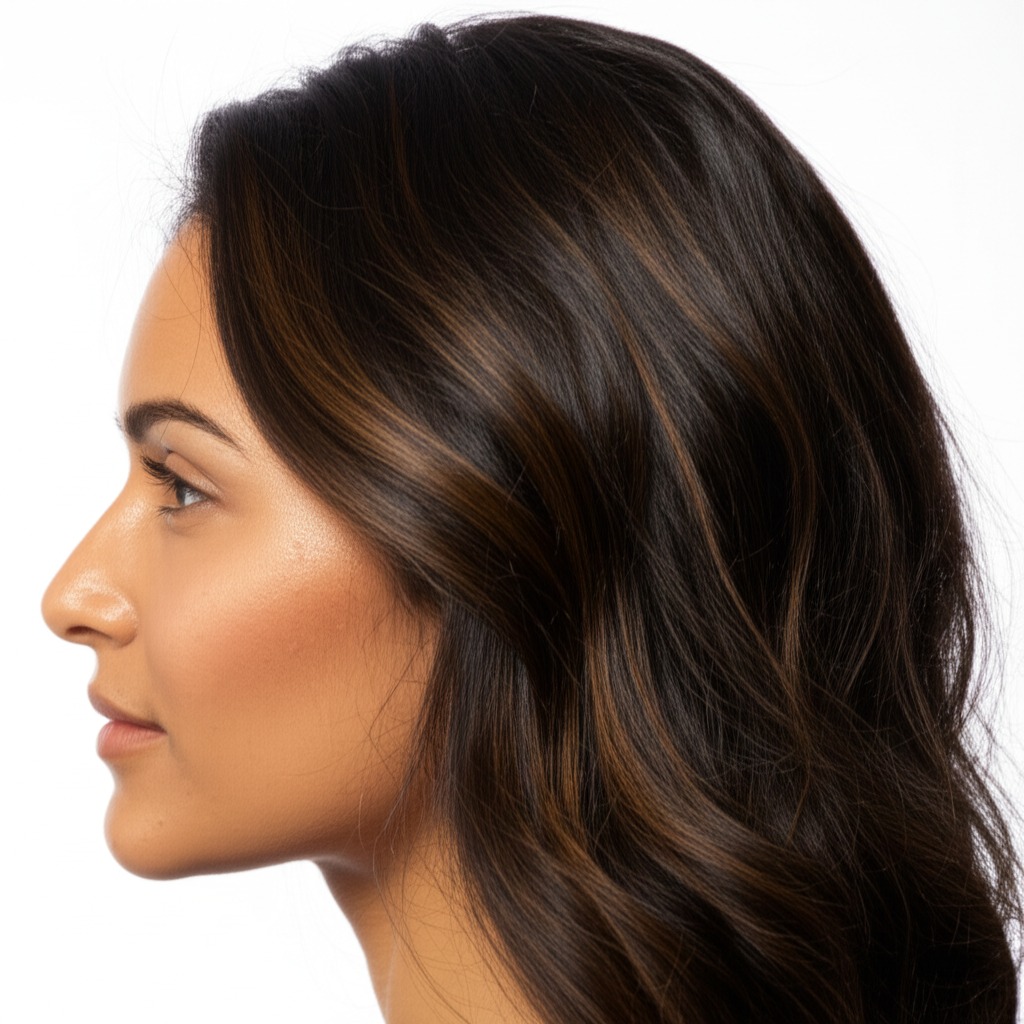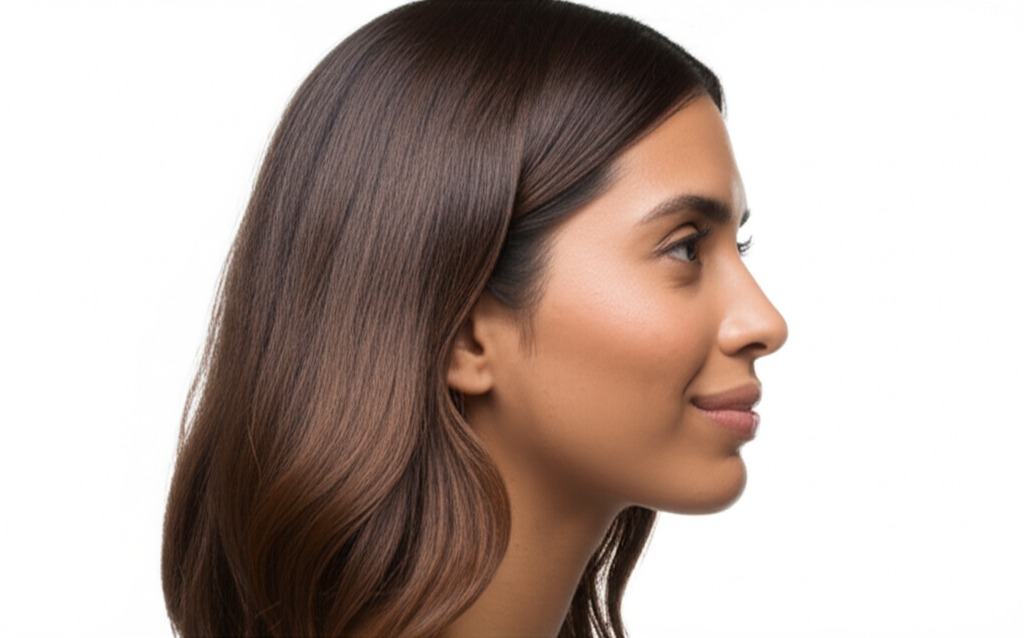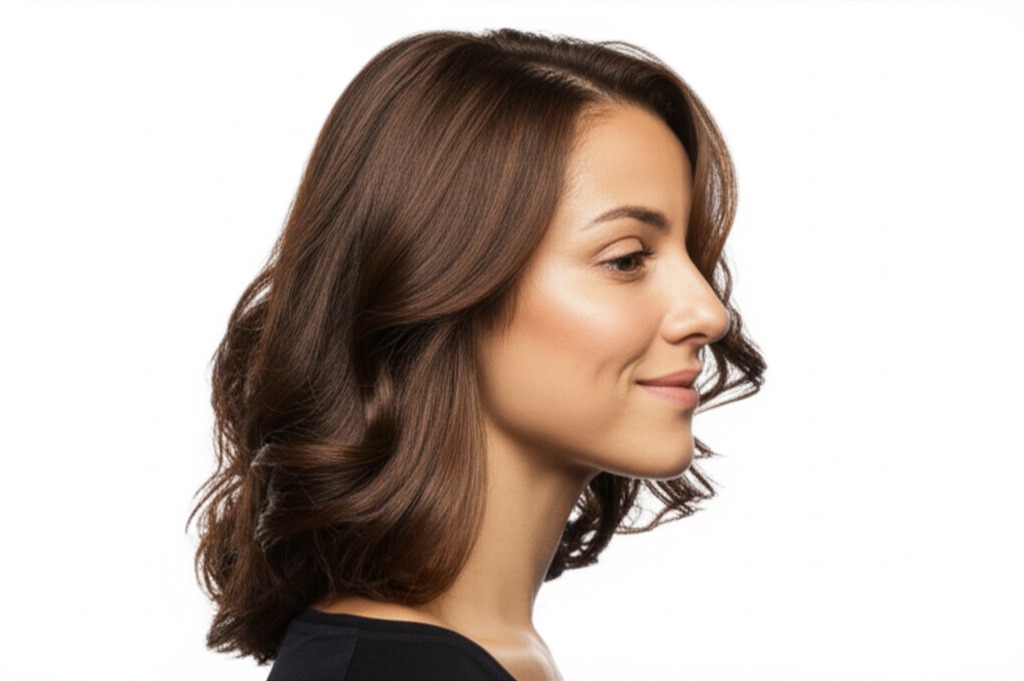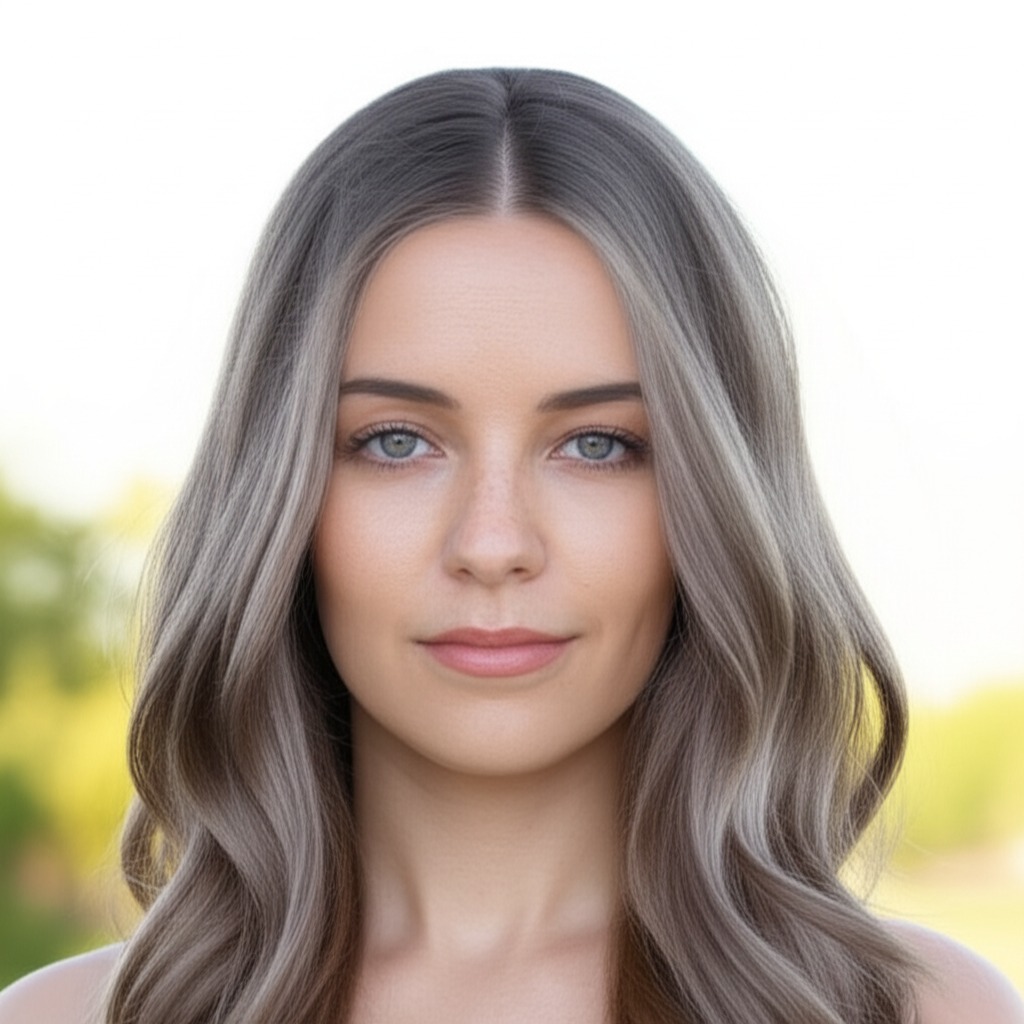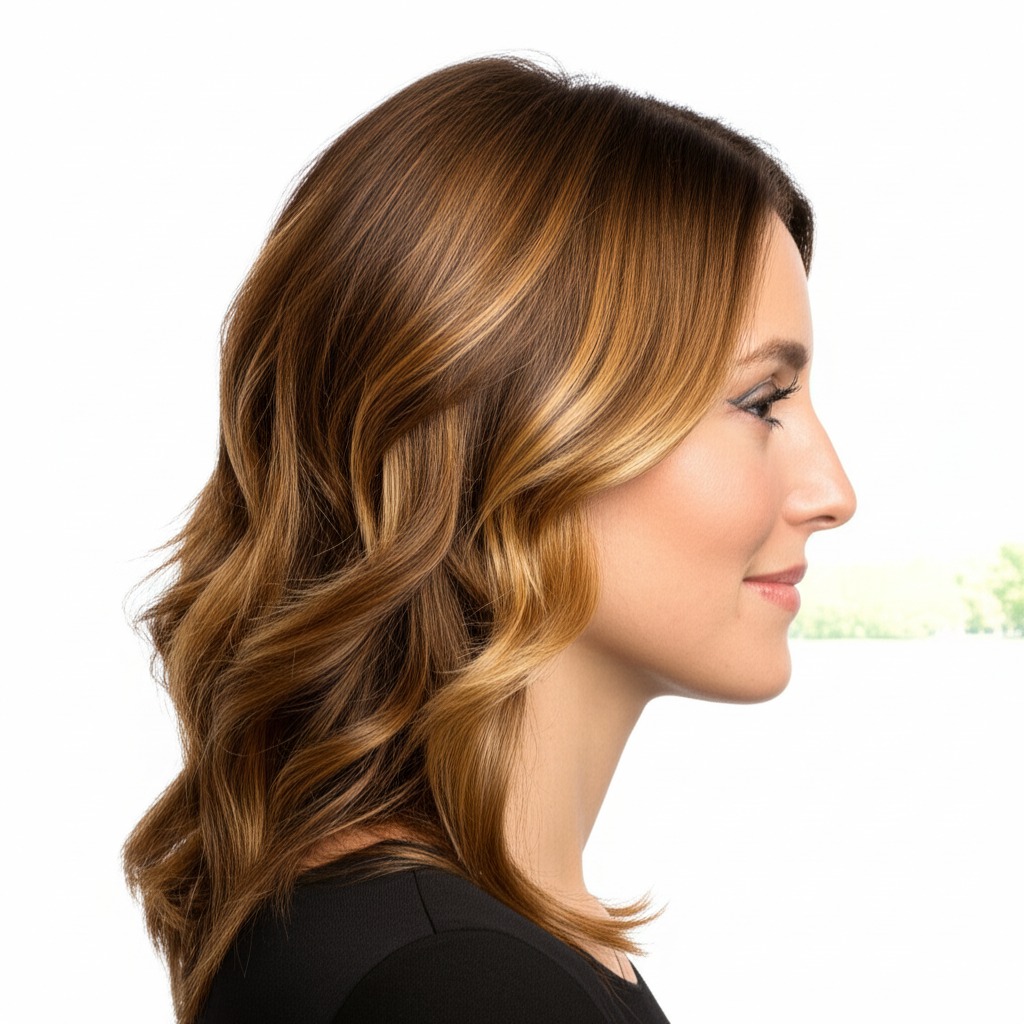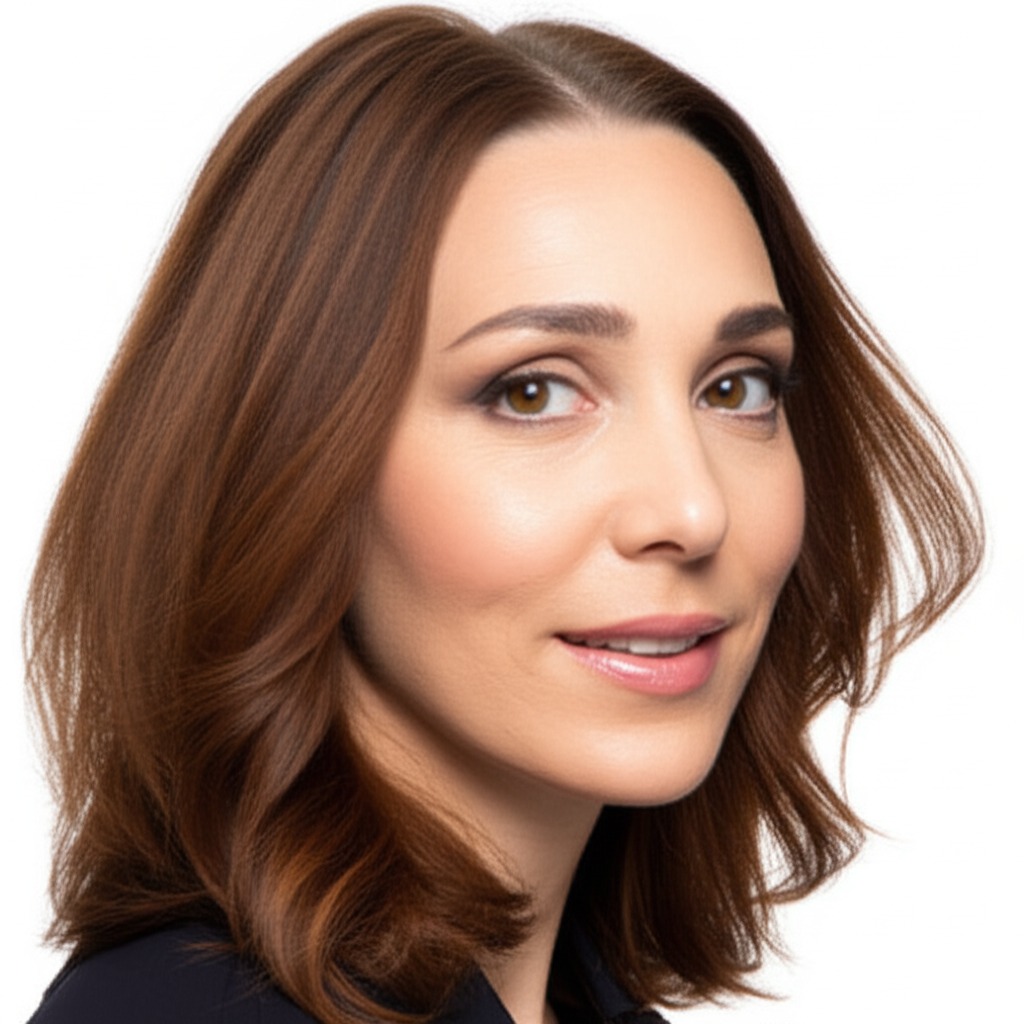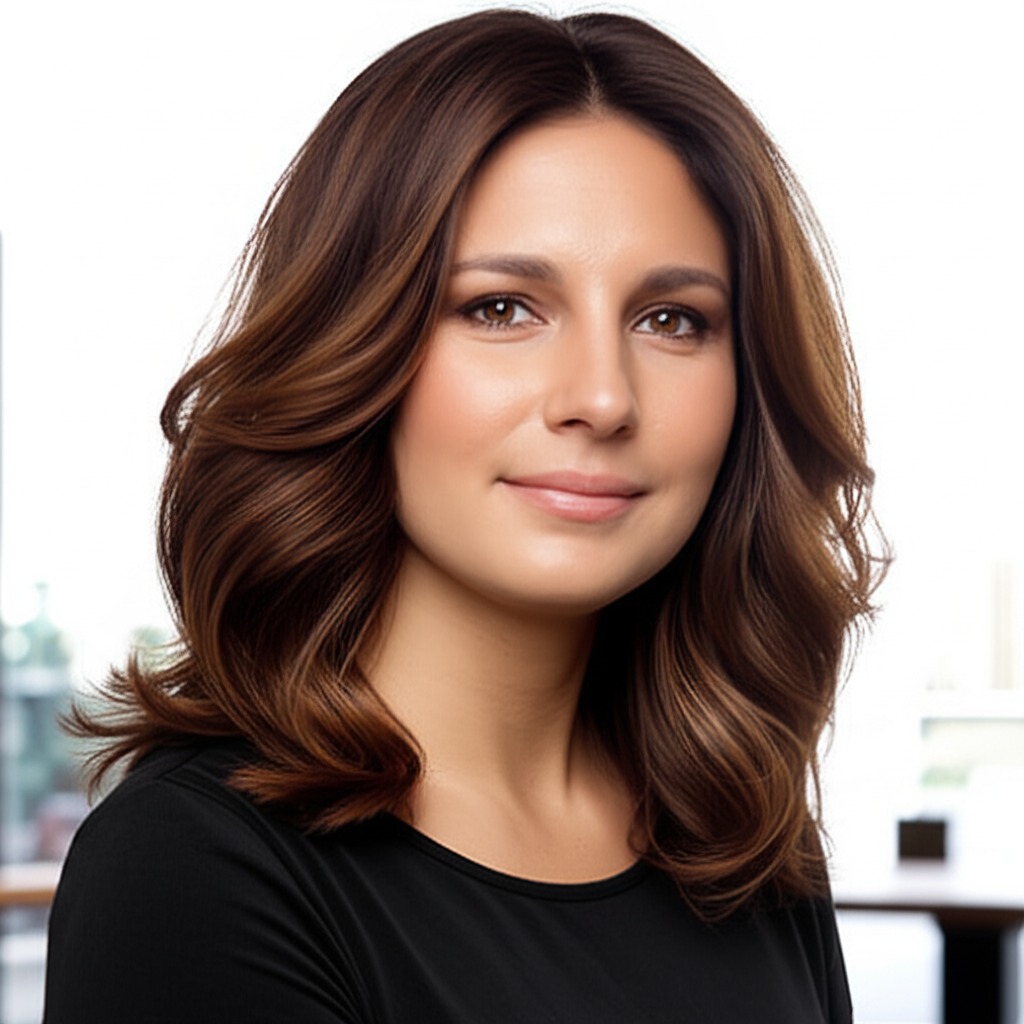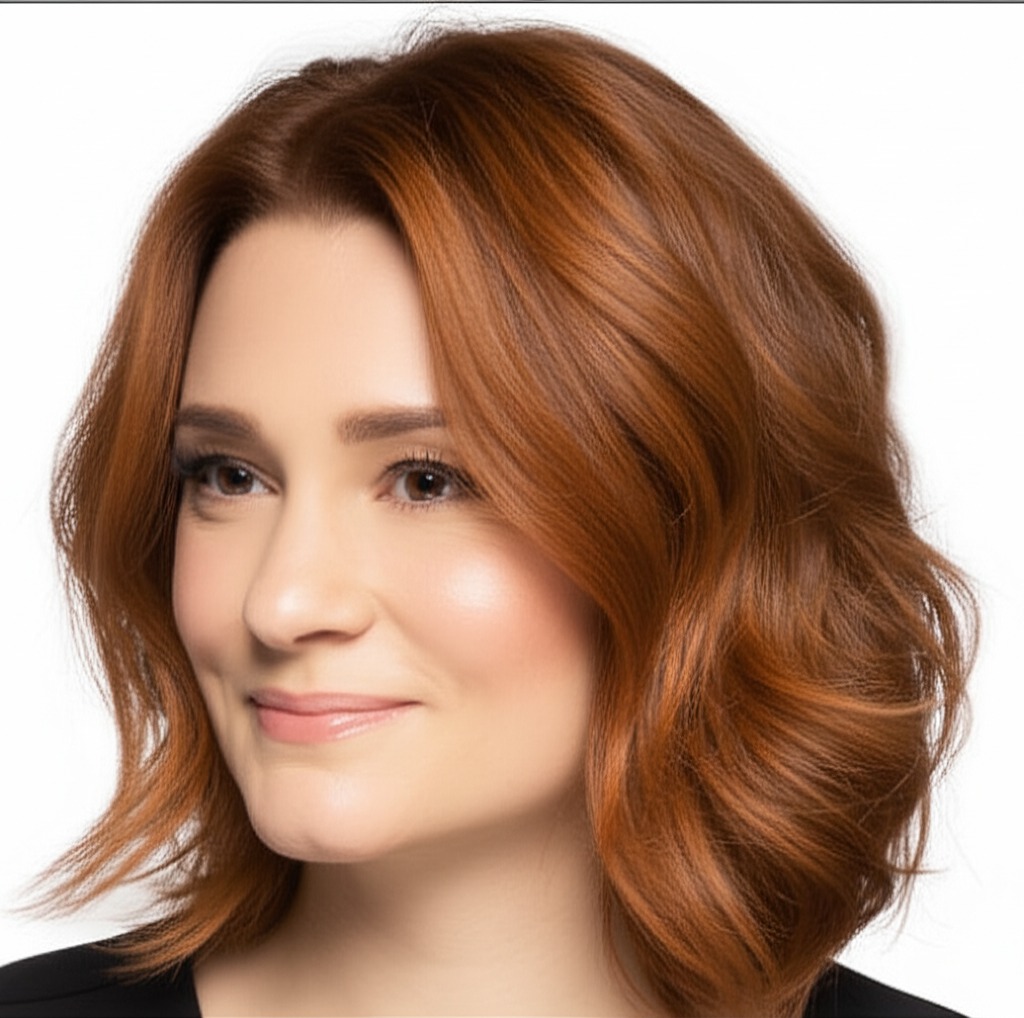#Embracing the Richness of Dark Brown Hair Color
Dark brown is a universally flattering hair color – it’s classic, sophisticated, and offers incredible depth and dimension. But “dark brown” isn't just one shade! This guide will break down everything you need to know about achieving and maintaining gorgeous dark brown hair, no matter your starting point or style goals.
#1. Understanding Dark Brown: Shades & Depth
Dark brown encompasses a wide range of tones, all built on the foundation of a deep, rich base. The key factors that differentiate them are undertone and depth (often referred to as levels in the professional world).
Undertones:
- Cool-toned dark browns have hints of ash or violet. They appear more muted and can sometimes look slightly blueish or greyish in certain lighting. Think chocolate with a touch of coolness.
- Neutral-toned dark browns are balanced, containing neither obvious warm nor cool tones. These are often the most universally flattering and mimic natural hair color beautifully. Think classic milk chocolate.
- Warm-toned dark browns have hints of red or gold. They appear richer and more vibrant, with a noticeable glow. Think dark caramel or mahogany.
Depth (Levels): Hair color levels range from 1 (blackest black) to 10 (lightest blonde). Dark brown typically falls between Levels 2-5.
- Level 2: Very deep, almost black – often described as “dark chocolate.”
- Level 3: Deep dark brown - a true dark brown base.
- Level 4: Medium dark brown – still rich and saturated but with more noticeable depth.
- Level 5: Light dark brown – approaching medium brown, offering more versatility for highlights or balayage.
#2. Who Does Dark Brown Flatter?
Dark brown hair is incredibly versatile, but understanding how it interacts with your features will help you choose the perfect shade.
Skin Tone & Undertone:
- Cool Skin Tones (pink/red undertones): Cool-toned dark browns enhance cool complexions and prevent a washed-out look.
- Warm Skin Tones (yellow/golden undertones): Warm-toned dark browns complement warm skin tones, bringing out their natural radiance.
- Neutral Skin Tones: Lucky you! You can likely pull off almost any shade of dark brown – experiment to find your favorite.
Eye Color: Dark brown hair looks stunning with all eye colors:
- Brown Eyes: Enhances the richness and depth of brown eyes.
- Blue/Green Eyes: Creates a beautiful contrast, making eyes appear brighter.
- Hazel Eyes: Highlights the different flecks of color within hazel eyes.
Natural Starting Point: The darker your natural hair color, the more subtle the change will be with a single-process dark brown application. Those starting with lighter hair (levels 6 or higher) may need multiple applications to achieve a true dark brown and should consult a stylist.
#3. Technique Options: Finding Your Style
- Single-Process: The simplest option, covering all of your hair in one even color. Great for solid looks and correcting uneven tones.
- Highlights/Lowlights: Adding lighter (highlights) or darker (lowlights) strands to create dimension and movement. Works well with Levels 4 & 5 dark brown.
- Babylights: Very fine, subtle highlights that mimic the sun-kissed look of children's hair. Adds a soft, natural brightness.
- Gloss/Toner: A semi-permanent treatment to adjust the undertone (cool, neutral, warm) and enhance shine. Perfect for refreshing color or correcting brassiness.
- Balayage-Effect vs Solid: Balayage involves hand-painted highlights that create a soft, blended look with less harsh lines of demarcation. This is ideal for lower maintenance looks and adds dimension without the commitment of solid color.
#4. Maintenance & Longevity: Planning Ahead
Dark brown hair requires upkeep to maintain its vibrancy and prevent fading.
- Wash Frequency: Aim to wash your hair 2-3 times a week with a color-safe shampoo.
- Toner Refresh: Cool-toned dark browns may require toner every 6-8 weeks to counteract warmth. Warm tones generally last longer, but refreshing the gloss can boost shine and vibrancy.
- Root Growth Pacing: The contrast between your natural roots and the dyed hair will become more noticeable over time. Plan for touch-ups every 6-12 weeks depending on how quickly your hair grows and your desired level of contrast.
- Budget/Time Planning: Single-process color is generally the most budget-friendly (around $75-$150). Highlights, balayage, and glosses are more expensive ($150 - $350+) and take longer (2-4 hours).
#5. Seasonality & Pairing with Cuts: Style for Every Occasion
- Bob/Lob: Dark brown looks incredibly chic on bobs and lobs, especially when paired with subtle balayage to add dimension.
- Long Layers: Dark brown hair with long layers creates movement and volume – perfect for a flowing, romantic look.
- Pixie Cut: A dark brown pixie cut exudes confidence and sophistication. Consider adding short face-framing highlights for extra sparkle.
- Seasonal Tweaks: In the fall/winter, warmer tones like mahogany can enhance your complexion's glow against cooler weather. In spring/summer, cool or neutral shades keep things fresh and bright.
- Event Picks:
- Work: A solid, medium-dark brown (Level 4) is professional and understated.
- Daytime: Balayage with lighter caramel highlights adds a playful touch.
- Evening: A deep dark chocolate (Level 2 or 3) creates an elegant and mysterious look.
- Weddings: Consider adding subtle, face-framing babylights for a soft, romantic glow.
#6. At-Home Care: Protecting Your Investment
- Sulfate-Free Shampoo & Conditioner: Sulfates can strip color, leading to faster fading. Opt for gentle, sulfate-free formulas designed for colored hair.
- Clarifying Cadence: Use a clarifying shampoo every few months (or as needed) to remove buildup from styling products and hard water minerals. Be sure to follow with a deep conditioner!
- Heat Protection: Always use a heat protectant spray before using any hot tools (blow dryer, straightener, curling iron).
- Color-Safe Styling Tips: Avoid harsh chemicals in hairsprays and other styling products. Rinse your hair with cool water after washing – this helps seal the cuticle and lock in color.
- Product Checklist: Sulfate-free shampoo & conditioner, heat protectant spray, deep conditioning mask, leave-in conditioner (especially for curly/coily textures).
#7. Common Pitfalls: Avoiding Color Mishaps
- Brassiness: Warm undertones can oxidize over time, resulting in brassy tones. Use a purple or blue toning shampoo to neutralize these unwanted hues.
- Banding: Uneven color application can create visible bands of demarcation. Ensure thorough saturation during the coloring process – best left to professionals!
- Patchiness: Insufficient product coverage can lead to patchy results, especially on darker hair. Pre-color analysis and even application are essential.
#8. Pros & Cons: Weighing Your Options
Pros:
- Versatility: Dark brown suits a wide range of skin tones and styles.
- Natural Look: Can easily mimic natural dark hair colors.
- Generally Flattering: A universally appealing choice for many ages.
Cons:
- Maintenance Burden: Requires regular touch-ups to maintain color vibrancy.
- Fade Risk: Color can fade over time, especially with frequent washing and heat styling.
- Potential for Brassiness (Warm Tones): Warm tones require more attention to prevent unwanted brassy hues.
#9. Salon Consultation Script: Setting Expectations
To ensure you get the dark brown hair of your dreams, be prepared to discuss these points with your stylist:
- "I'm interested in getting my hair colored a dark brown shade."
- “What level are we aiming for? (Show pictures!)”
- "Can you assess my natural undertones and recommend the best tone – cool, neutral, or warm?"
- "What technique would be most suitable for achieving my desired look and minimizing maintenance?”
- "How often will I need to come in for touch-ups?"
- “What at-home care products do you recommend?”
#10. FAQs: Your Burning Questions Answered
- Can I go from blonde to dark brown? Yes, but it may require multiple applications and a color filler (to block out the existing blonde) to achieve a true dark brown without brassiness.
- Will dark brown make my hair look dull? Not necessarily! The right undertone and technique can add incredible shine and dimension.
- How long does it take to dye your hair dark brown? A single-process color typically takes 1-2 hours, while more complex techniques like balayage can take up to 4 hours or longer.
- Can I do this at home? While possible, achieving a professional-looking result is often best left to the experts, especially for significant color changes.
- What’s the difference between dark brown and black hair dye? Black hair dye is significantly darker (Level 1) than dark brown (Levels 2-5). Dark brown offers more dimension and a softer look.
- Will dark brown cover gray hairs effectively? Yes, but it's important to use a permanent color formula designed for grey coverage and potentially pre-treating the hair beforehand.
With careful planning and proper care, you can rock gorgeous, rich dark brown hair that enhances your natural beauty!
